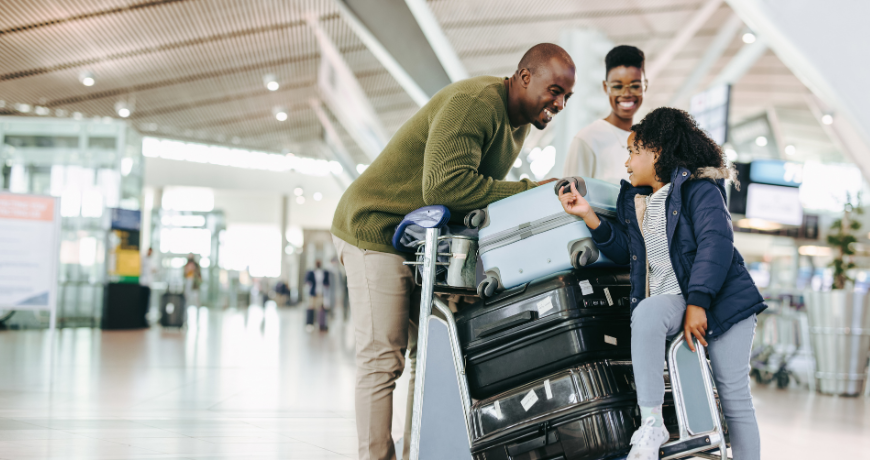AAA’s latest travel forecast projects a significant surge in Thanksgiving holiday travel this year. An estimated 55.4 million Americans are expected to journey 50 miles or more from home, marking this as the third-highest Thanksgiving travel volume since AAA began recording these statistics in 2000. This figure includes about 1.7 million Michiganders, signaling a return to near pre-pandemic travel levels within the state.
In a detailed breakdown, the majority of Michigan’s travelers, approximately 1.51 million, are planning to take to the roads. This preference for automobile travel is consistent with national trends. Additionally, nearly 179,000 Michigan residents are expected to travel by air, representing a significant increase from last year’s figures, with over 43,000 more travelers choosing this mode of transport.
The year 2019, just as the COVID-19 pandemic was starting in China, holds the record for the highest number of travelers, with 1.78 million Michiganders traveling during that period. Another notable year was 2005, which also saw elevated travel numbers.
Fuel costs, a critical factor in travel planning, have shown a favorable trend for motorists. As of Monday, the average price for a gallon of regular unleaded gasoline in Michigan stood at $3.37, a drop of 7 cents compared to the previous week and a substantial decrease of 68 cents from the same time last year. This contrasts with the national average price last Thanksgiving, which was $3.58 per gallon, while Michigan’s average was slightly higher at $3.67.
Air travel is experiencing a nationwide resurgence, with a 6.6% increase in travelers flying to their destinations compared to last year, totaling about 4.7 million Americans. Detroit Freep reports that according to AAA, the busiest days for air travel are anticipated to be the Tuesday and Wednesday preceding Thanksgiving, which are also expected to be the most expensive times to fly.
For those planning to drive, traffic analysts suggest that November 22nd will likely be the busiest day on the roads. Travel times could be as much as 80% longer than normal in certain metropolitan areas. To circumvent the heaviest traffic congestion, it is recommended that travelers consider departing either in the morning or after 6 p.m.

